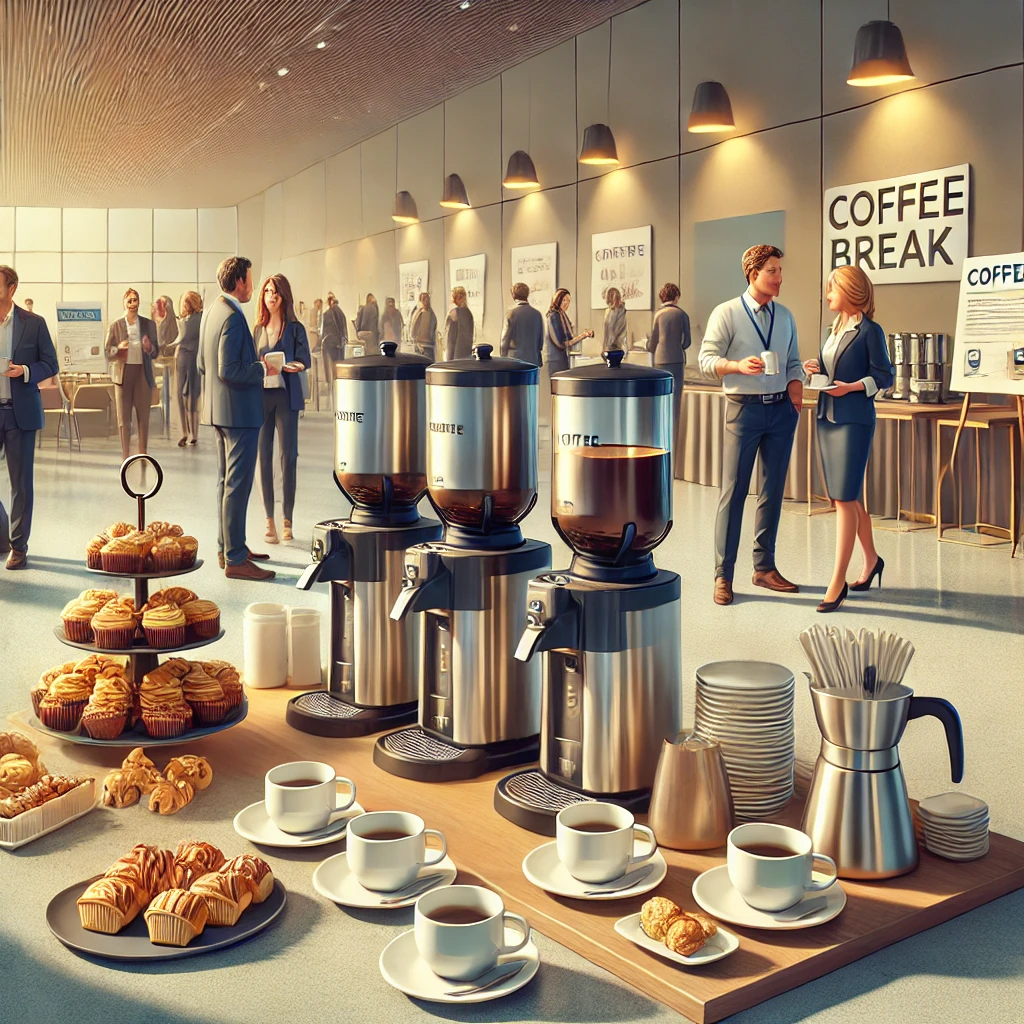Towards multimodal tissue models: Predicting spatial transcriptomics from whole-slide imaging
Recent advances in self-supervised foundation models for computational cancer histopathology have shown great promise for prediction of clinical phenotypes from routine hematoxylin and eosin (H&E)-stained images. However, application of these models in the context of discovery, for example for identification of novel biomarkers, remains challenging as this typically requires linking whole-slide imaging (WSI) to historically scarce molecular data. Spatial omics (SO) presents new opportunities to improve histopathology models for making molecular predictions about the tumor microenvironment. In this talk, I will present work on benchmarking tile-level foundation models for generating spatial transcriptomic profiles from H&E images. Our results demonstrate that models fine-tuned on SO data are transferable to new datasets. Fine-tuned models also enable interpretable de novo domain segmentation that does not require labor-intensive pathology annotations. Bridging the gap between histopathology imaging and molecular data offers a powerful approach for improving digital pathology workflows and accelerating biomarker discovery.

